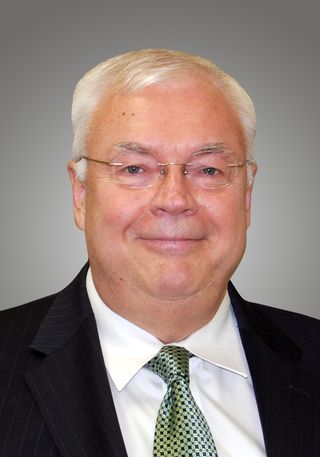Cable's Green Thumbs
Can cable operators save some greenbacks by going green?
This week, the Society of Cable Telecommunications Engineers will debut a Green Pavilion as part of Cable-Tec Expo '09, showcasing energy-efficient technologies and solutions. It's not just a feel-good story about reducing the carbon footprint: A big part of the message is that cable operators can reduce operating expenses.
SCTE CEO Mark Dzuban said he felt the timing was right to highlight green solutions given the greater awareness among operators of energy management and the potential to cut costs.

The association selected nine companies to exhibit (see box), after receiving 21 applications from vendors interested in the showcase. “We sorted through what's really meaningful to improving efficiency and driving out cost,” Dzuban said.
SeaChange International, for example, will introduce a new model of flash-memory video-on-demand server at the show: the MediaServer FMS 2500, a two-rack-unit-high system that can deliver up to 2,500 streams of standard-definition MPEG-2 video and store up to 660 hours of SD video encoded at 3.75 Mbps.
What's green about it: The FMS 2500's nonvolatile flash memory uses only 0.5 to 1.1 watts per drive, compared with regular hard-disk drives that consume 10 to 15 watts each.
Ultimately, a flash memory VOD server can save 70% on power and 80% on rack space, SeaChange vice president of product marketing Alan Hoff said.
Multichannel Newsletter
The smarter way to stay on top of the multichannel video marketplace. Sign up below.
Flash-based VOD servers cost more than hard-disk-based systems on a per-byte basis. But, Hoff said, “It's like the [Toyota] Prius. You pay a premium, but after you hang on to it long enough it will pay itself back.”
In addition to energy savings, Hoff noted, flash drives are also more reliable. A 24-drive array of hard-disk drives has a 96% annual failure rate, compared with 0.9% for a 24-drive flash array.
For optical-networking vendor Aurora Networks, the green centerpiece is its Fiber Deep solution, which extends fiber cabling closer to customer premises. That reduces the number of active gear and power supplies needed in a hybrid fiber-coax network and also boosts bandwidth available to individual nodes.
While the up-front capital required to lay new fiber can be sizable, the savings in electricity alone can yield cost benefits in the long run, according to Aurora.
“Power over a 10-year period becomes significant,” Aurora vice president of marketing John Dahlquist said. “Operators can save money by going 'fiber deep' while also claiming to be going green.”
Fiber Deep can cut ongoing power costs by 50% or more and provides other operational savings, Dawn Emms, Aurora's director of marketing, said. For example, it's easier to pinpoint faults in the plants “so you're looking at more targeted truck rolls,” she said.
CommScope, another Green Pavilion participant, will show hydrogen fuel cells as a powering option for its cabinets. “It's tremendously reliable — the fuel cells provide 99.99% reliability — so they're well suited for network applications,” vice president of product marketing Carl Meyerhoefer said. “It's green because the byproduct is water.”
Today, CommScope's fuel-cell products are primarily used by cellular operators to power remote towers, but Meyerhoefer sees an opportunity to extend the technology to the cable market.
In addition, CommScope will be showing BrightPath, its fiber-to-the-home solution for cable operators, which would eliminate the need to power active electronic equipment in the last mile. “It's passive all the way from the headend to the home,” Meyerhoefer said.
Cisco Systems, for its part, will feature a half-dozen product categories, including high-density edge QAMs, optical transmission systems and Energy Star-compliant set-top boxes.
The Cisco RF Gateway 10 Universal Edge QAM, for example, provides lower power consumption through higher-efficiency silicon. Whereas typical QAMs in the market from Cisco and other vendors use around eight to 10 watts per channel, the RF Gateway 10 uses five watts per QAM.
“We have a product road map to get that in the one- to three-watt range per QAM,” said Mark Palazzo, vice president and general manager of Cisco's cable access business unit, who is also spearheading green initiatives internally for the company's Service Provider Group.
Also as part of the green focus, Cable-Tec Expo will include a roundtable panel the morning of Friday, Oct. 30, with MSO executives discussing energy-efficiency initiatives they've undertaken or are studying.
ECO SHOWCASE
Vendors exhibiting in Cable-Tec Expo's Green Pavilion










